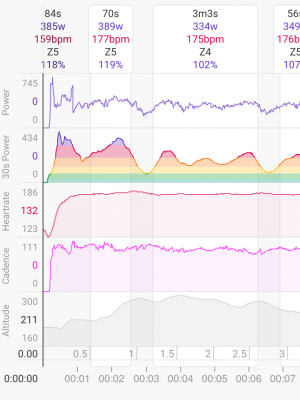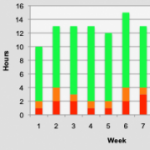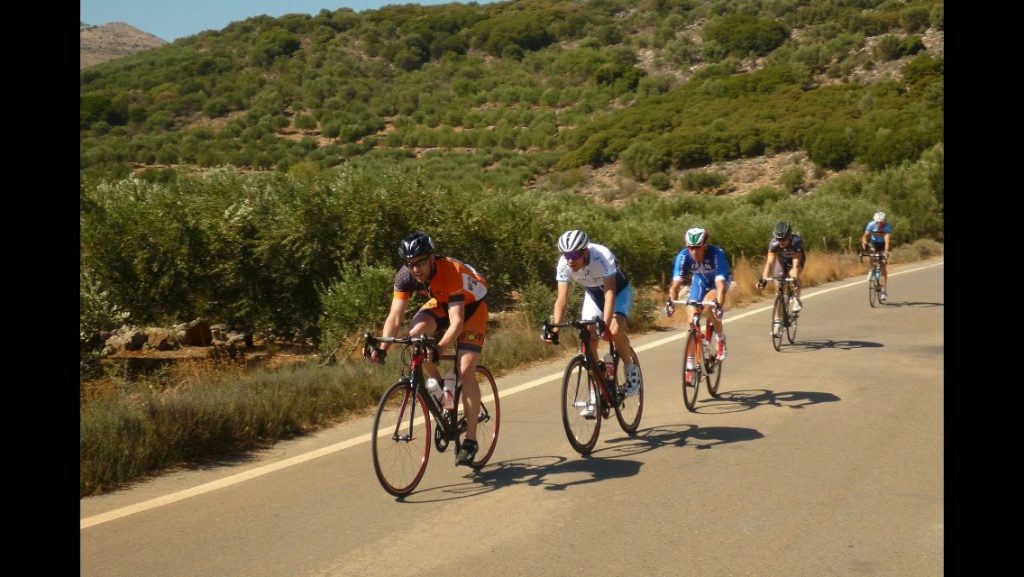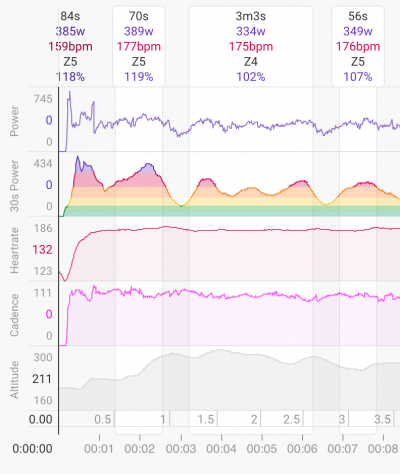
Which Training Zone System do you Use?
It’s pretty common these days to hear people talking about ‘a zone 2 ride’ or ‘intervals in zone 4’; but which training zone system are they using? Almost every cycling or triathlon magazine will have articles or workouts using ‘training zones’.
Another important question is what are you using to measure your training zones? Personally, I use a power meter and heart rate on all rides, but I prioritise one or other depending on the type of ride.
Why use training zones?
If your goal is to improve your fitness efficiently or maximise your performance you need to know how hard you are training, training zones are a really easy and efficient way of achieving this and it really doesn’t have to be complicated.
Probably the most common zone system used was proposed by Allen and Coggan in their book ‘Training and Racing with a Power meter’. That’s the one I started with. However, I found it a bit unwieldy, there’s a lot of zones and it did all feel a bit unnecessary.
Which training zone system do I recommend?
I knew as soon as I heard the man speak that Stephen Seilers 3 zone model was the one that would work for me. Based on two physiological turn points, it just made sense to me.
Zone 1 being up to the first lactate turn point, which will be around 78% of max heart rate (MHR).
Zone 2 is then up to the second lactate turn point, around 86% of MHR. This will be around your lactate threshold.
Zone 3 is then above that 86% MHR.
how to use the 3 zone model
The simplicity and effectiveness of the 3 zone model is what makes it so great for athletes. In essence you really only need to worry about that first lactate turn point. You can split your rides in to ones that go above Zone 1 and rides that stay below. As Stephen Seiler describes, 80% of your rides should stay entirely in zone 1.
This makes life really easy, most of the time it’s about intensity discipline, making sure you stay in zone 1. Then you will be fresh when you do go out for a hard ride with intervals…which means you can really smash it up, get into zone 3!!
Once you have got to grips with the 3 zone model I think you can progress it on. Start splitting Zone 1 and Zone 3 into 2 to make a 5 zone model, which can give you a bit more accuracy in your training prescription, but I wouldn’t worry about that until you have spent time getting used to the 3 zones.




